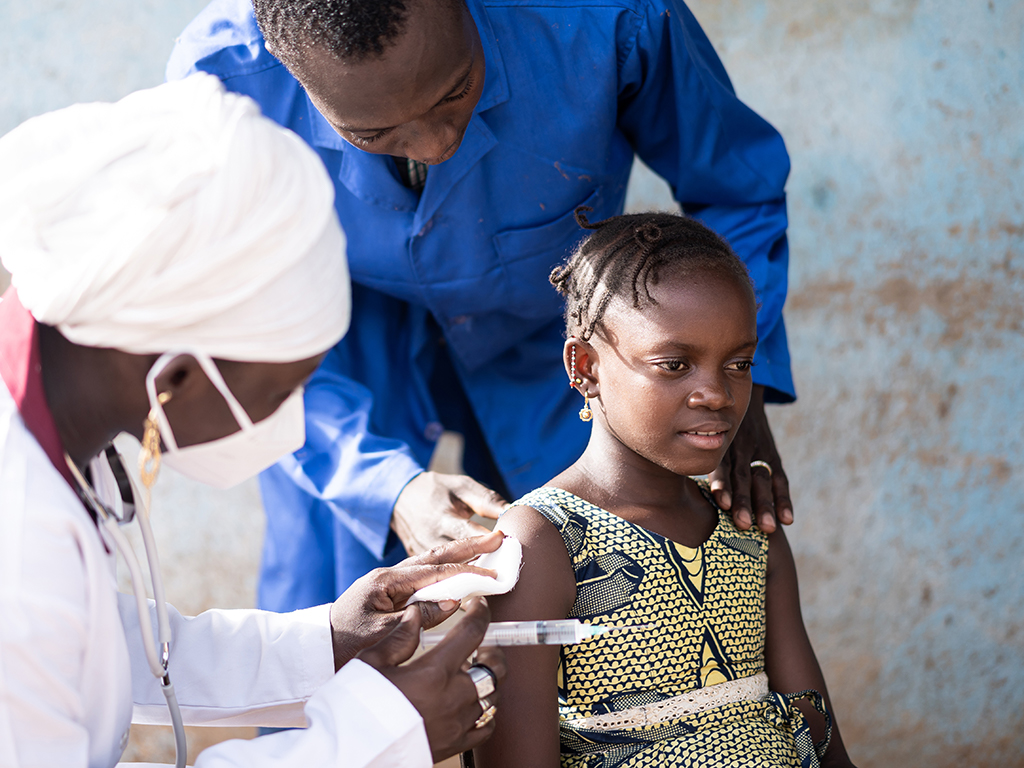More than just hesitancy: Many factors—including war and economics—may suppress vaccination rates in children around the world, a new study suggests

War, politics, economics, education and other factors beyond hesitancy may lead to low rates of childhood vaccinations around the globe, according to a new study from Texas A&M University’s School of Public Health.
Vaccine hesitancy—delaying or refusing to vaccinate children even though vaccines are available—is a growing threat to global health. Vaccines kept diseases like measles at bay for decades; however, there has been an explosion of measles cases worldwide in recent years. Because it spreads easily, measles is often the first childhood infectious disease to re-emerge when vaccination programs waver, making it a reliable indicator of declining vaccine coverage. Prior research has examined attitudes toward vaccination as a possible reason for waning coverage, but vaccine confidence may not fully explain lapses in vaccine coverage around the world.
To paint a more complete picture, a new study published in the journal PLOS ONE digs into several factors in nations around the world to build a global vaccine risk index (VRI).
Doctoral student Tasmiah Nuzhasth and Professor Brian Colwell from the School of Public Health, with Director of Texas Children’s Hospital Center for Vaccine Development Peter Hotez examined data on 150 nations from 2017 and 2018 to explore economic and environmental factors that may explain variations in measles incidence and vaccine coverage worldwide. (Hotez is a fellow of the Texas A&M’s Hagler Institute for Advanced Study, Class of 2019-20.)
The research team built the VRI using data on measles incidence per 100,000 people and vaccine coverage, confidence in the measles vaccine, percentage of people displaced by war and conflict, climate change effects and education and income. They then analyzed the data and grouped the 150 countries into six world regions: Africa, the Americas, the Eastern Mediterranean, Europe, Southeast Asia and the Western Pacific. Using factor analysis, the researchers calculated a VRI score where higher values indicate higher risk of vaccine lapses and lower values show lower risk.
The analysis found countries with high VRI scores in every region, with Afghanistan, Pakistan, Yemen, Ukraine and several nations in Sub-Saharan Africa such as Chad, Mali and Gabon among the most at risk. Countries in the Americas and Europe tended to have lower VRI scores, though those regions also had high-scoring countries.
The analysis also found that the factors most heavily influencing VRI scores varied between regions.
For example, in Africa, war and political instability, high measles incidence and low vaccine coverage were associated with higher scores.
More peaceful African nations with higher vaccine coverage and greater vaccine confidence had lower VRI scores. In contrast, climate change and high education and income disparities were associated with high VRI scores in the Americas.
These findings show that vaccine confidence alone may not accurately determine lapses in vaccine coverage. Because it includes other social factors, the VRI could be a better tool for predicting disease outbreaks due to gaps in vaccination. However, the researchers note a few limitations with their study.

